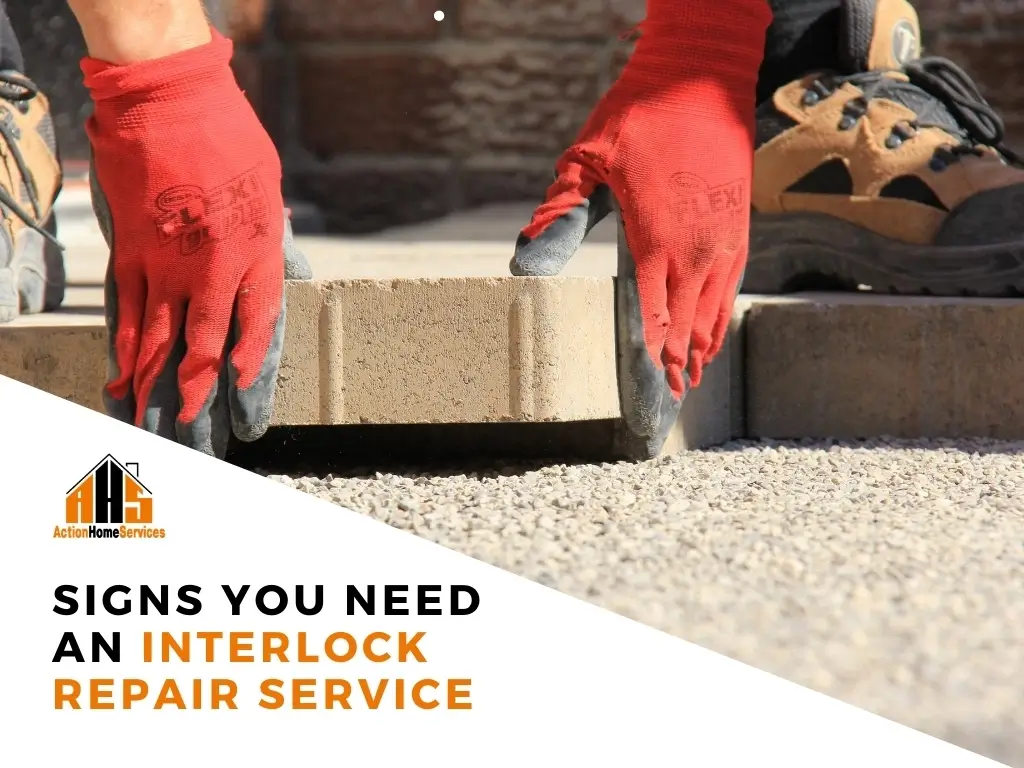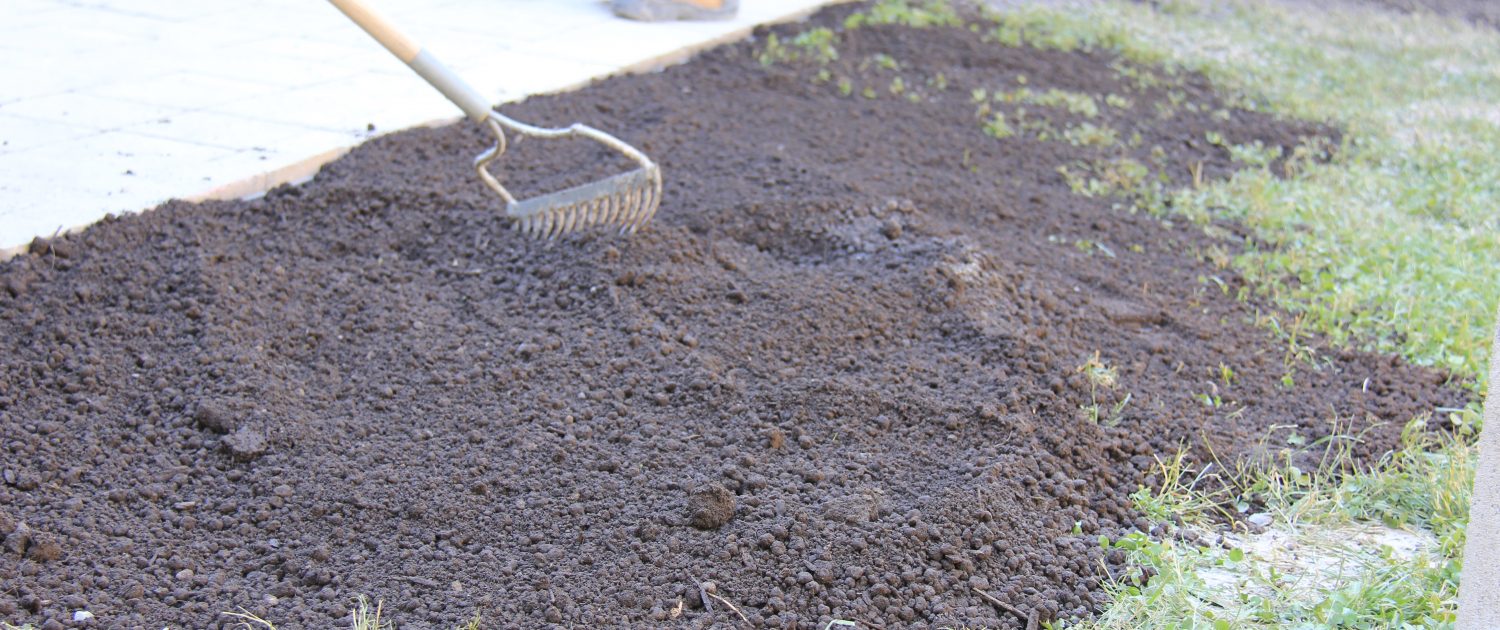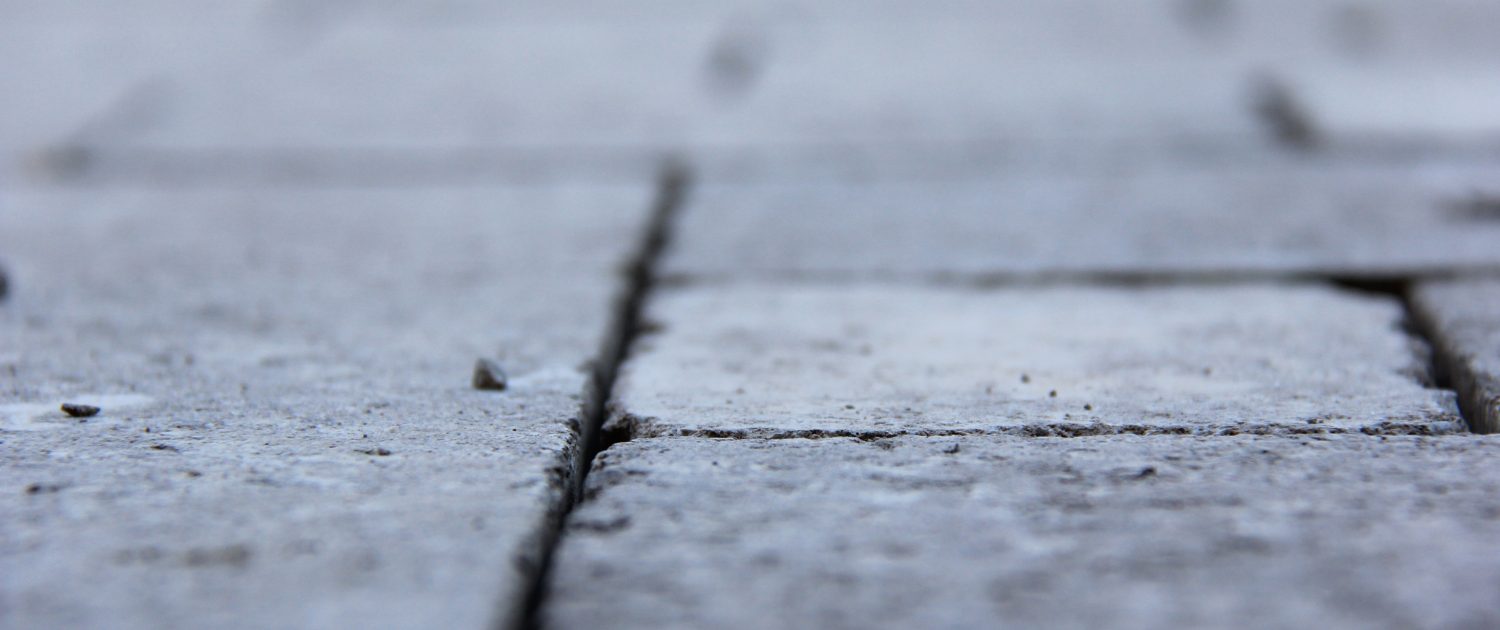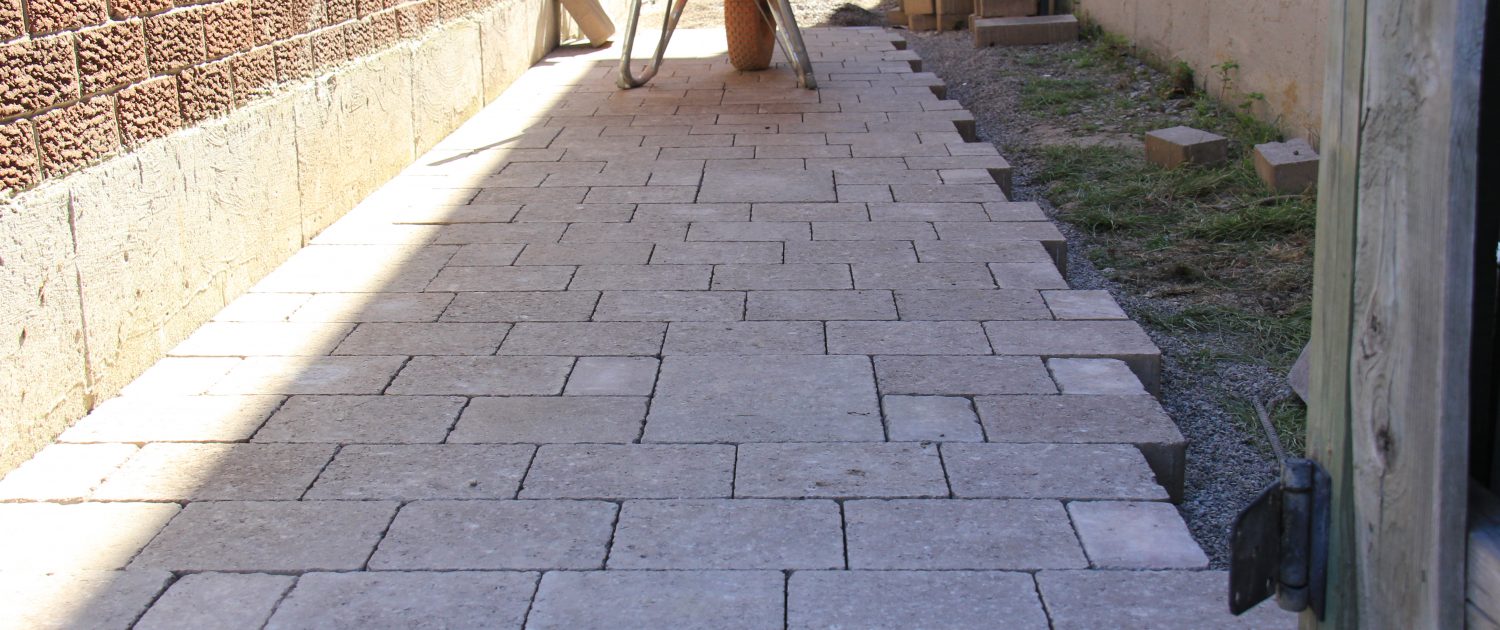
Interlocking concrete pavers are an excellent way to enhance your home’s curb appeal. Not only are they customizable, they are a low maintenance and cost-efficient alternative - at least when compared to other materials such as gravel and poured concrete. In addition, they are perhaps one of the most durable options to install on your driveways, pathways and even pool decks. If installed correctly, they have the capacity to stand the test of time against all odds - even against the blistering heat, frigid winters, heavy rain and piles of snow. If they are not installed correctly, then you will require interlock repair.
Furthermore, due to the nature of their manufacturing, they don’t crack or crumble beneath heavy weight. Concrete pavers are known to adjust to their environment, and for that reason they are the optimal choice across many households.
While they have their share of benefits and advantages, like with anything, interlock repair is inevitable, whether it’s due to poor installation or poor maintenance, or simply wear and tear. Let’s address the poor installation portion first. The base of the installation is key to the foundation and longevity of the concrete pavers. If the base is prepared properly, then the pavers will last a long time. Since the most important portion of a paver installation is a well-compacted, stable base, there are actually some telltale signs to look for that will indicate whether or not you need repairs.

Sinking Pavers
In the case of poor installation, you’ll be able to tell just by looking at your pavers. Not only will they begin sinking into the ground, they’ll look tattered and out of place. In order to create that ideal base, you would need the ground to be excavated from all unstable or unconsolidated subgrade materials. Once that’s done, you need to compact the paver base. How you go about it varies, depending on who or what will be going over the pavers. For pedestrian traffic, you want 3-5 inches of compacted base. For vehicle traffic, you want 4-5 inches and 6-8 inches for large vehicles (heavier traffic).
When you figure out what you need, you can fill the site with the appropriate amount of paver base material and compact it using a vibrating plate compactor. Upon doing that, and ensuring the surface is both smooth and even - you can lay the bedding sand. Then you can install edge restraints to eliminate lateral movement and once you do, you can lay on the pavers according to your taste. Finally, vibrate the pavers and finish it off by spreading dry pavers join or masonry sand over the surface of the pavers. The goal is to push the sand into the voids (joints) until they are completely filled.
Of course, these steps are merely an overview of the process - but it does give you an idea of what the work entails. So if you hire a contractor to do this job for you, be sure they follow these steps. Otherwise, you’ll be left repairing pavers much sooner than expected.
Sealing Pavers
Another reason why you may need to repair your interlock pavers is because they weren’t sealed properly, or at all, upon installation. Sealing your pavers has a plethora of advantages. To begin, your pavers will maintain their colour and finish as though they were newly installed. Another reason is that sealing minimizes surface damage - and in the case of spillage, you can avoid the pavers getting stained.
Sealing pavers makes cleaning up and maintenance a breeze. Furthermore, it’s a great long-term investment. Particularly since you don’t have to reseal your pavers for the next three to five years.
Unwanted Guests
Due to the narrow spaces between pavers, it isn’t uncommon for plants, pests or weeds to pop through the cracks. If you see this happening, it is likely because the sanding process during installation wasn’t done properly. You need to fill the gaps between pavers fully. This adds strength to the overall pavement system while deterring weeds at the same time. Of course, pressure washing your pavers can wash out the sand too. In this case, you will need to reapply the sand.

Shifting Pavers
If your pavers were not properly restrained with edge restraint upon installation, you will notice your pavers shifting. This can also happen when there’s a lot of build-up between joints or when the plastic or metal edging dislodges after a long winter. If they’re not shifting, but appear uneven - this can cause an aesthetic as well as a safety issue.
In this case, you will need to get an interlock repair service. Of course, there are a number of reasons for pavers to need servicing. From wear and tear, to heavy traffic flow, to water saturation and even freezing conditions. While a lot of these reasons can be mitigated or at the very least contained if the interlock pavers are installed properly to begin with - the issues are all a fairly easy fix.

Interlocking pavers add an additional charm to a home, and they are a great investment for their durability, flexibility and obviously - aesthetics. If you encounter any of the problems mentioned above: from shifting to sinking and anything in between, call on our professional team of contractors at Action Home Services (AHS). We have 70 years of combined knowledge and experience in different construction sections in order to provide you with exceptional interlock repair service. From restoring and repairing, to refilling and replacing broken stones, we can do it all. Call us for expert service at (647) 937-1023 and get a free in-home estimate.



